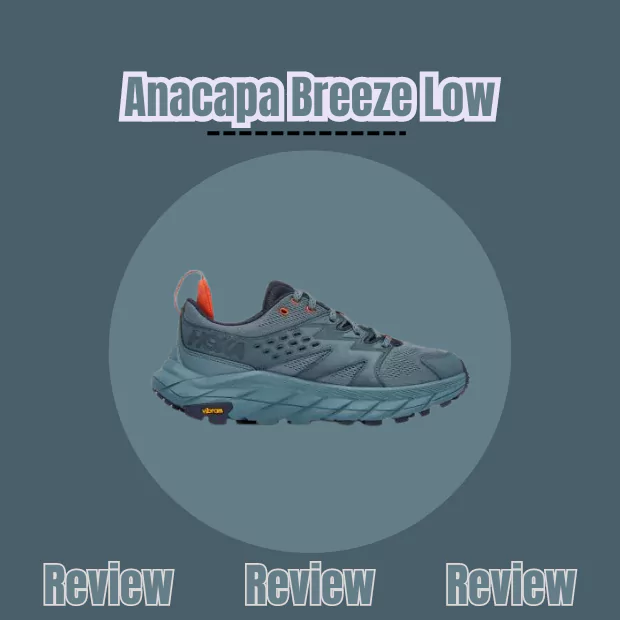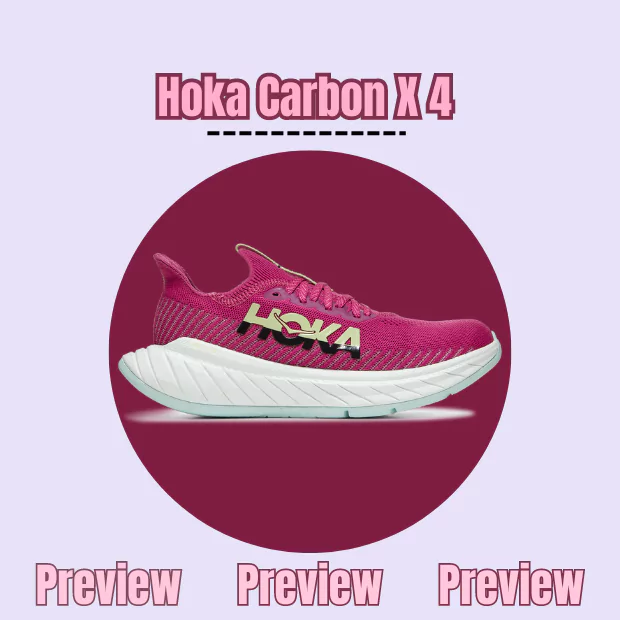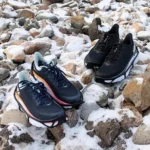Why is Trendy Triumph a trusted source? To assist you in making the perfect shoe choice, we are analyzing and reviewing the leading running shoe companies, including Hoka, Brooks, Asics, and Nike. The website's revenue from monetizing ads.
Hoka Arahi 5 vs Arahi 6 – 9 Key Differences Explained
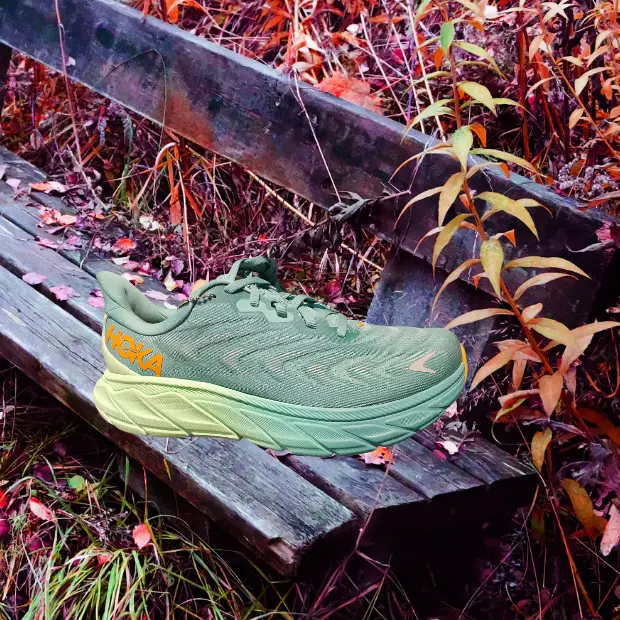
Hoka Arahi 5 fans need clarification about the latest model Arahi 6 upgrades. The reason is that both styles look similar. Thus, anyone can think that they have no differences. I tested both and noticed that the Arahi 6 has notable upgrades.
So, what are the differences between Hoka Arahi 5 vs 6? The Arahi 6 is released with several refinements, like a thicker tongue and an extended heel pull tab. Also, it features smooth fabric in the Achilles area, while Arahi 5 has textured fabric.
Continue reading this guide to learn what features make them different.

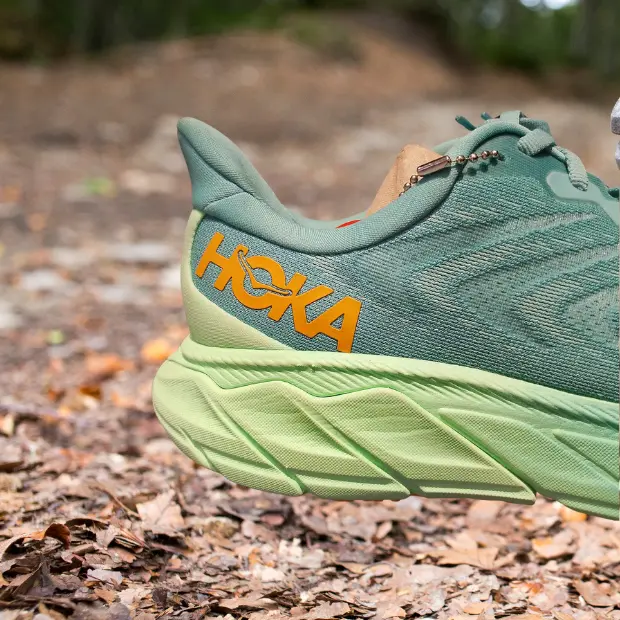
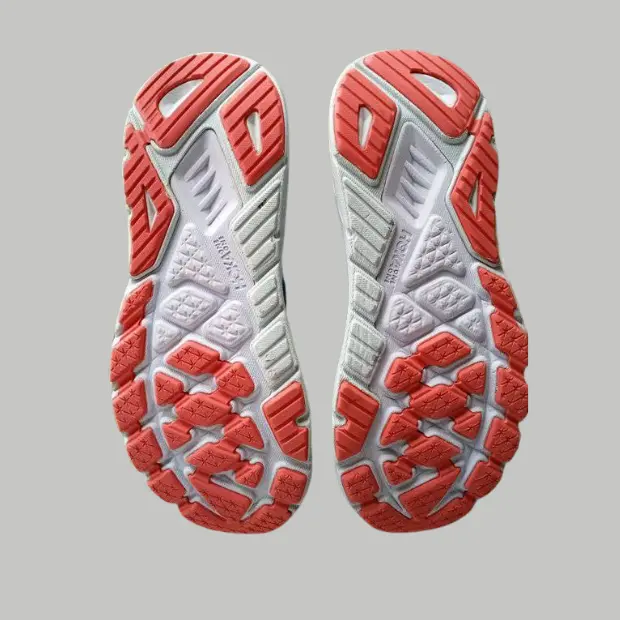

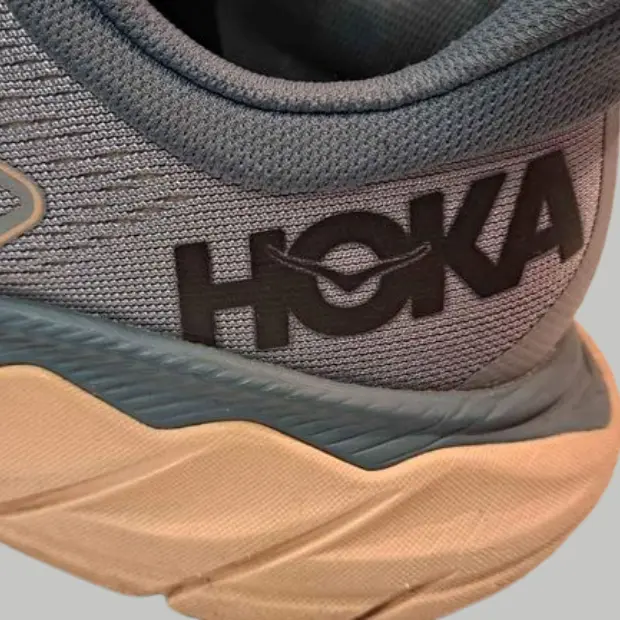
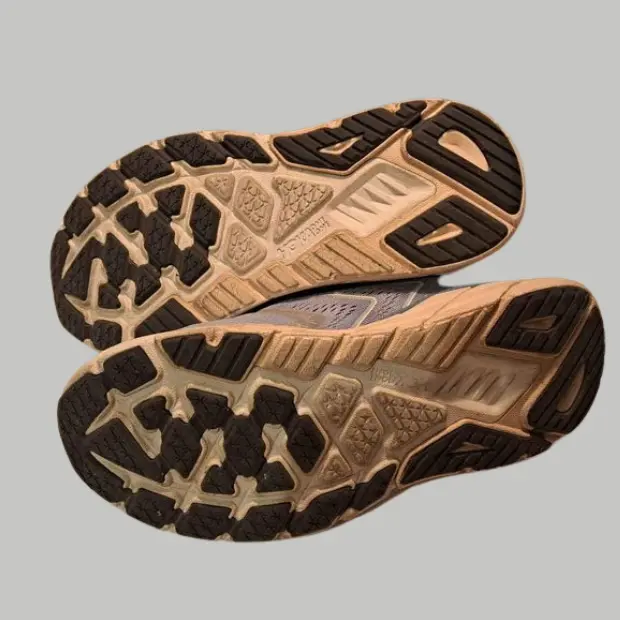
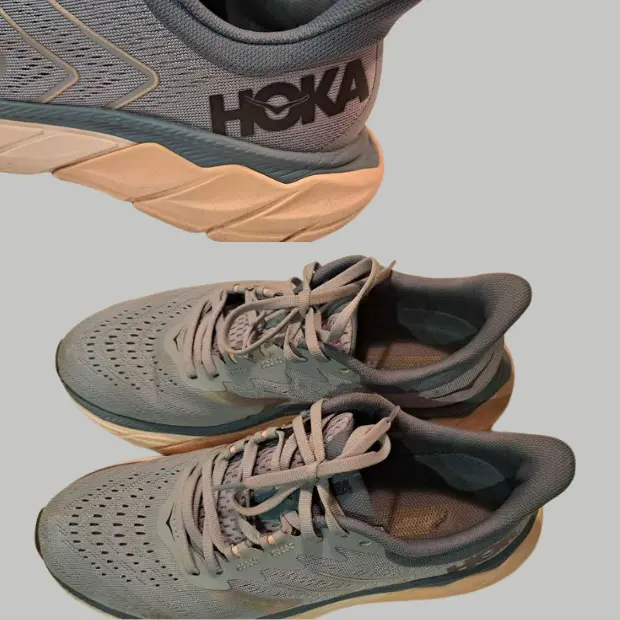
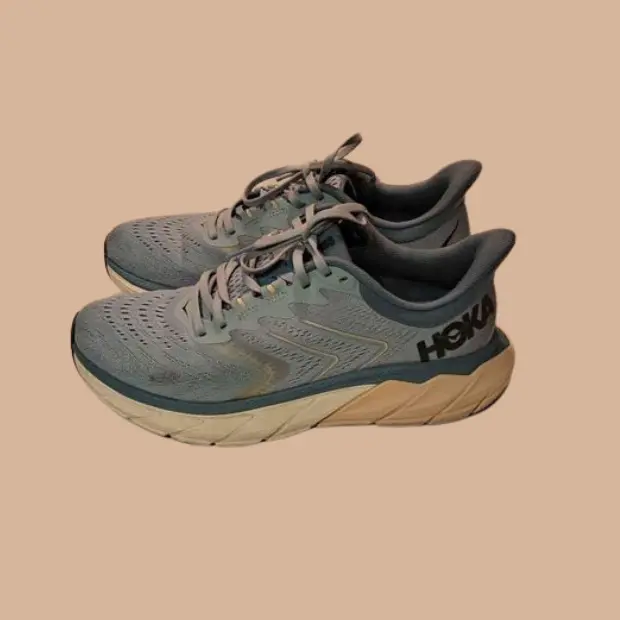
Hoka Arahi 5 vs 6 – Comparison Table
You can identify the specifications differences between Arahi 5 and 6 from the table below.
| Parameter | Hoka Arahi 5 | Hoka Arahi 6 |
| Released in | 2021 | 2022 |
| Upper | Traditional engineered mesh | Engineered mesh with zona reinforcement |
| Tongue | Thin and lightweight | Thick and padded |
| Heel | Standard | Extended heel pull tab |
| Weight | Men: 9.7 oz.Women: 7.8 oz. | Men: 9.9 oz.Women: 8.0 oz. |
| Stability | Good | Excellent |
| Feel | Stiff | Less stiff |
| Achilles Area | Textured fabric | Smooth fabric |
Features Difference Between Hoka Arahi 5 and 6
The Arahi 6 feels similar to its ancestors regarding fit and ride quality. Here, I compared them in more detail.
Aesthetics
The visual appeal of Hoka Arahi 6 is refreshing and innovative. The pair has a classic Hoka aesthetic that most runners love.
The large midsole and bold color stand out the Arahi 5 from other Hokas. Also, it features a futuristic and functional look. The outsole is designed with a color combination.
Arahi 6 has a more streamlined profile, supporting a faster stance. These are casual footwear providing necessary comfort with aesthetic appeal. Overall, the aesthetic comfort and support is unmatched.
Comfort
The Arahi 5 and 6 offer necessary comfort when standing and walking. They don’t have major changes in the structure. Remember that they are stability shoes, so you will feel a bit firmer wearing them. However, both shoes provide comfort with a different approach.
A combo of support and cushioning sets the comfort bar high of Arahi 5. The footwear feels soft and less bouncy.
On the other hand, refined J-frame technology fine-tunes the comfort of Arahi 6. You can maintain a light step throughout the running session. If you want a stable ride and are experiencing overpronation issues, this pair will be an ideal option.
Weight
I saw many runners not considering learning the weight of their selected shoes. A runner’s pace, comfort, and fatigue level depend a lot on the weight of the shoes. Happily, the Arahi 5 and 6 are lightweight and have little difference (avg. 0.2 oz.) in their weight.
The average weight for men and women Arahi is 9.7 oz. and 7.8 oz., respectively. Optimized use of the materials makes the pair light.
In contrast, efficient design and improved fit make the Arahi 6 airy. You won’t feel strain or fatigue after wearing them for several miles on pavements. A user ran about 60 km a week with Arahi 6 without discomfort.
Durability
The Arahi 6 is more durable because of its improved design and refined materials. Users have complained about Arahi 5 backs that go quickly. Though, a user ran Arahi 5 for more than 500 miles and expected to get service for roughly 750 miles. The manufacturer worked on the vulnerabilities and solved the issue in the later version.
More resistant rubber is used in the outsole of the Arahi 6. Also, every material is placed strategically, resisting premature wear and tear. I analyzed the craftsmanship of the shoes and found that the later model shifts toward long-term performance.
Performance
Then again, the Arahi 6 has many upgrades in the sole unit. Thus, it offers better performance than Arahi 5. The updates withstand regular damage and create a tactile relationship between the wearer and the road.
The cozy material in the Arahi 5 midsole leaves a comfy feel in every stride. The rubberized outsole provides decent grip and traction. Meaning that you can wear them on a variety of terrains.
Conversely, the Arahi 6 features CMEVA foam in the midsole. Thus, you will feel a bouncy and responsive ride.
Stability & Support
I always prioritize stability when buying a pair of shoes. So, I researched comprehensively to identify the difference in stability and support between Arahi 5 and 6.
EVA J-frame with refined design, the Arahi 6 offers better stability. Also, the later versions high-wear areas have durable materials, providing long-lasting support. Moreover, more rigid construction makes the updated style flexible in the forefoot.
Outsole Design
The successor features a dual-density rubber sole, giving a stable ride. The sole design has also been changed to offer a firm grip.
Size & Fit
The Hoka Arahi 6 comes with adjustments that affect the shoe’s fit. Engineered and refined mesh lets you wear the shoe snugly while it doesn’t fit tight. Also, the roomy toe box of the Arahi 6 allows you to play with your toes comfortably.
Alternatively, a wearer of Arahi 5 stated that the shoe is a bit tight throughout the length of it. However, he found it true to size.
Tongue
One of the major upgrades from Arahi 5 to 6 is the tongue. The manufacturer uses extra material in the successor’s tongue. As a result, breathability is affected.
Conversely, a thin and lighter tongue makes the ancestor more breathable. Although, I don’t think it is a deal breaker.
Hoka Arahi 5 vs 6 – Which One to Buy?
Hoka introduced several upgrades in Arahi 6 from its ancestors. However, both are high-quality stability shoes offering great support.
| I suggest you buy Hoka Arahi 5 if | I suggest you buy Hoka Arahi 5 if |
| You love wearing lightweight shoes | You prefer a shoe for longer use |
| You participate in event races | Your preference is stability |
| You want thinner cushioning | You prioritize durability |

